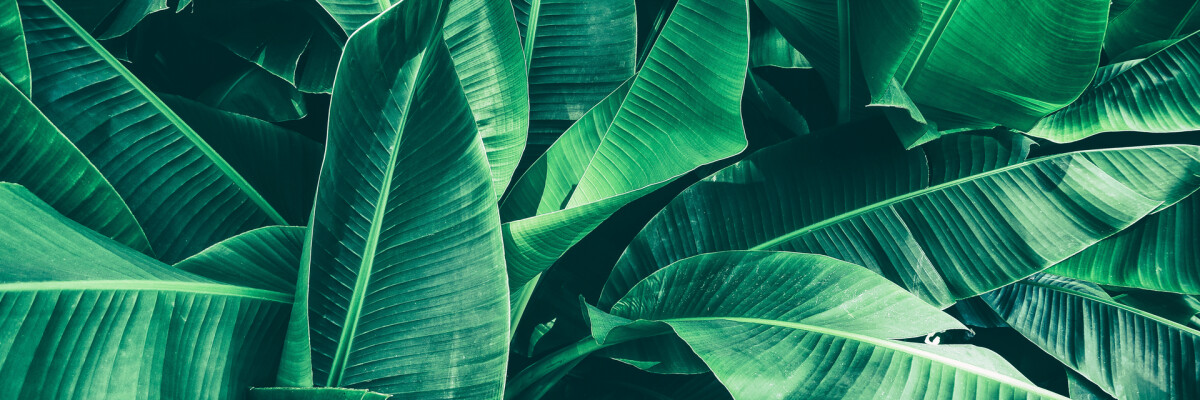Synthetic leaves are created using special light-transmitting materials. Solar energy serves as a catalyst for chemical reactions that transform the liquid contained in the leaves into various useful substances.
Scientists at Eindhoven University of Technology in the Netherlands have recently unveiled an unusual invention - synthetic leaves that can create chemical reactions resulting in certain substances, similarly to their real prototypes.
Each ‘leaf’ contains a network of channels containing a special type of liquid. When light passes through the semi-transparent shell of each leaf, it creates a reaction that is similar to photosynthesis. Scientists are hoping to use this technology to produce medicines or fuel.
Several versions of this device, created from different materials, are currently available. The invention has already passed multiple tests, with scientists successfully creating artemisinin and ascaridole - two substances that are used to treat malaria and parasites.
The development has great future potential. For example, it might be used to produce medicines in the tropics or even in space.
Share this with your friends!





Be the first to comment
Please log in to comment